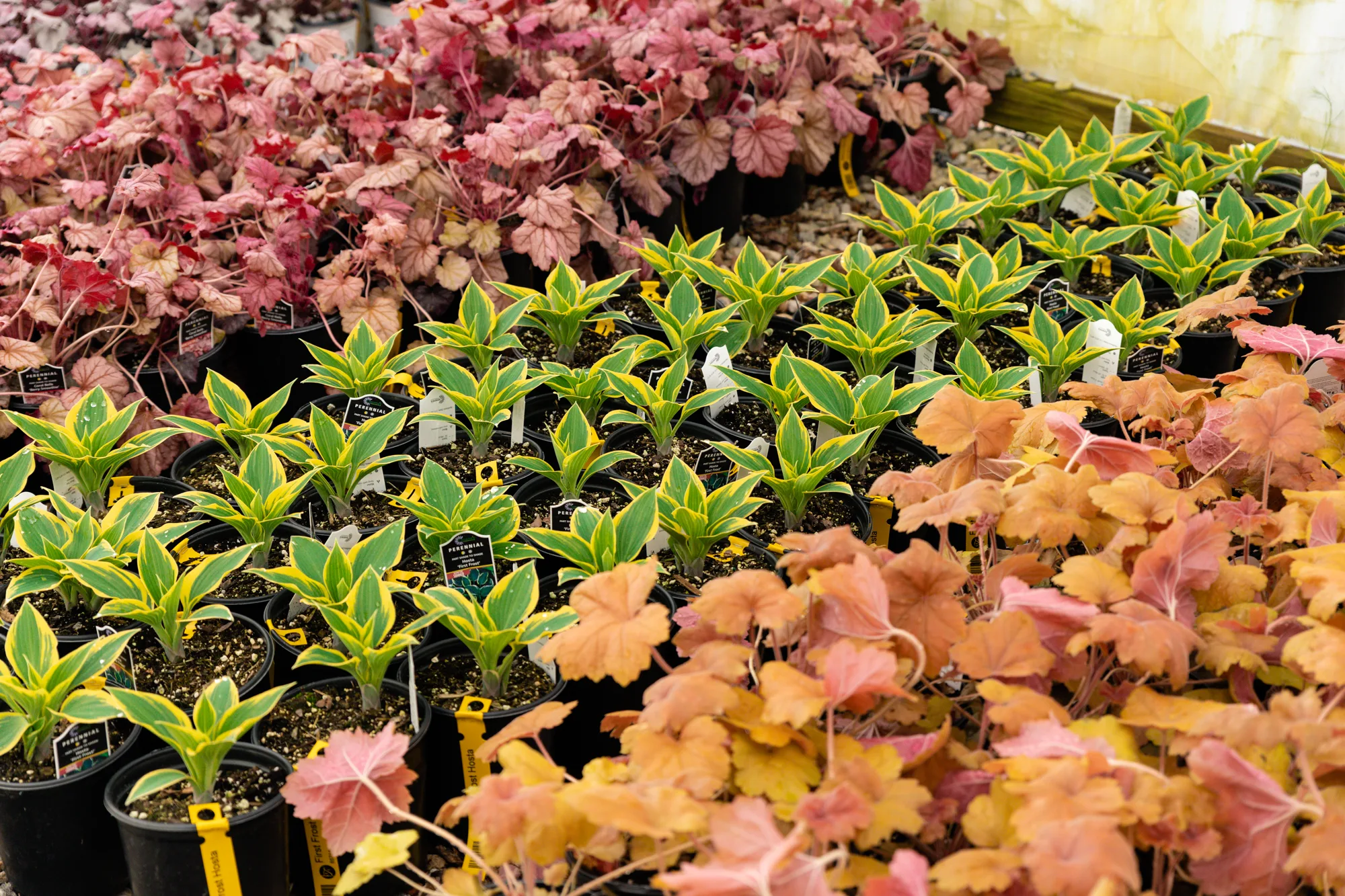
Written by s • What Is a Perennial?
Gardeners throw around a lot of words, from Latin names to specialized botanical terms. Special language has always been used to create private groups of aficionados, making a club for ‘members only’. So being able to use gardener’s language correctly and know what it all means is a great way to become a gardening insider. The word ‘perennial’ is thrown around a lot and it can be confusing knowing exactly what someone is talking about, so what, exactly, is a Perennial?
Growth Patterns in Plants
We are so used to the diversity of plants that we can be forgiven for taking it for granted. At a basic level we recognize several forms of growth – trees for example, which have one or a small number of main stems and grow more or less upright, or shrubs, with a larger number of stems and more rounded growth. Behind these forms however, lies a deeper necessity, the ability for at least part of the plant to live for years. Some plants produce stems that grow larger each year, becoming hard and woody. Without that ability trees and shrubs would be impossible and for some plants, that kind of growth is indeed not possible, because their stems cannot or do not produce wood. The stems remain thin and soft, so if they grow too tall they will simply fall over. These plants are called herbaceous plants.
The herbaceous habit is widespread among low-growing plants and sometimes the stems can live for years, but mostly, in colder climates at least, they die as the weather becomes cold and the days shorten, re-shooting from the ground each spring. It is plants that grow in that way that are called perennials by gardeners.
What ‘Perennial’ Means
The gardeners’ term is not used by botanists however, since it is from the Latin perenni, meaning to last the whole year through. In other words, it describes a plant that lives from one year to the next. Obviously trees do that too, so a tree is also a ‘perennial’.
That of course is not what gardeners mean and by common agreement a perennial is a plant that dies down to the roots each year, lies dormant through the winter and then re-sprouts the next spring, flowering and fruiting over the summer, before dying down again as the cold arrives. This way of life is obviously successful, since a larger number of species adopt this habit than go to the work of becoming woody trees. The profusion of flowers we see in gardens and in the wild are almost all perennials, although in warmer areas particularly we see brilliant flowers on trees too. Examples of garden perennials include peonies, asters, primroses, black-eyed Susan, Hosta and many other popular garden plants.
Perennials can live for many years. If you have peony flowers in a garden the roots can survive for more than 50 years. Others may live for just a few years before passing the torch to a new generation. Some plants however have ‘decided’ to get everything over in one season – germinate from seed, grow and flower, then set seeds and die. These plants we call annuals and this is where it starts to get confusing. You see, one gardener’s annual is another’s perennial, because the terms have become a little confused by gardening in different climates.
One of the great events of gardening history was the introduction of many new plants from Africa, South America and the Far East. Geraniums, petunias, marigolds and many other common flowers were new and novel once. Gardeners quickly discovered that although these plants would not survive cold winters, they would grow so quickly and flower so freely during the summer months that they could be grown from cuttings or seed to bring color and beauty to gardens instantly.
Most gardeners call these plants annuals, because they grow them or buy them and then discard them at the end of the summer – or leave them to die in the garden. In warmer areas however, they will survive the winter and bloom again – making them in truth perennials and sometimes in their homes even shrubs or trees. So the name perennial ends up being used for those plants that will survive cold winters, while those that don’t are called annuals. In some countries the name half-hardy perennial is used, which is more accurate – they are truthfully perennials, but only hardy outdoors for half the year.
True annuals that grow and die in a single season are pretty rare – Zinnias are often true annuals in the wild homes, as also are peas, corn and lettuce. Many weeds, like chickweed or pineapple weed are also short-lived annuals – their constant seed production certainly makes them very weedy!
Then there are plants from climates with mild winters and hot, dry summers, which naturally germinate in fall, grow all winter, then flower and seed in spring before dying in the heat of summer. Gardeners usually call those plants biennials, because their life is spread over two years. When sown in spring they will often flower in the first summer instead and can be used as annual flowers in areas too cold for them to survive the winter. Many ‘heirloom’ flowers, like pansies, snapdragons, foxgloves and cornflowers are biennials.
So it can get a little complicated, but when gardeners talk among themselves, they know that perennials are those flowering plants that die down each year and live in their gardens for many years, bringing color, perfume and brightness to spring, summer and fall without having to be constantly replaced each year, saving themselves all the work and expense that habit involves.





